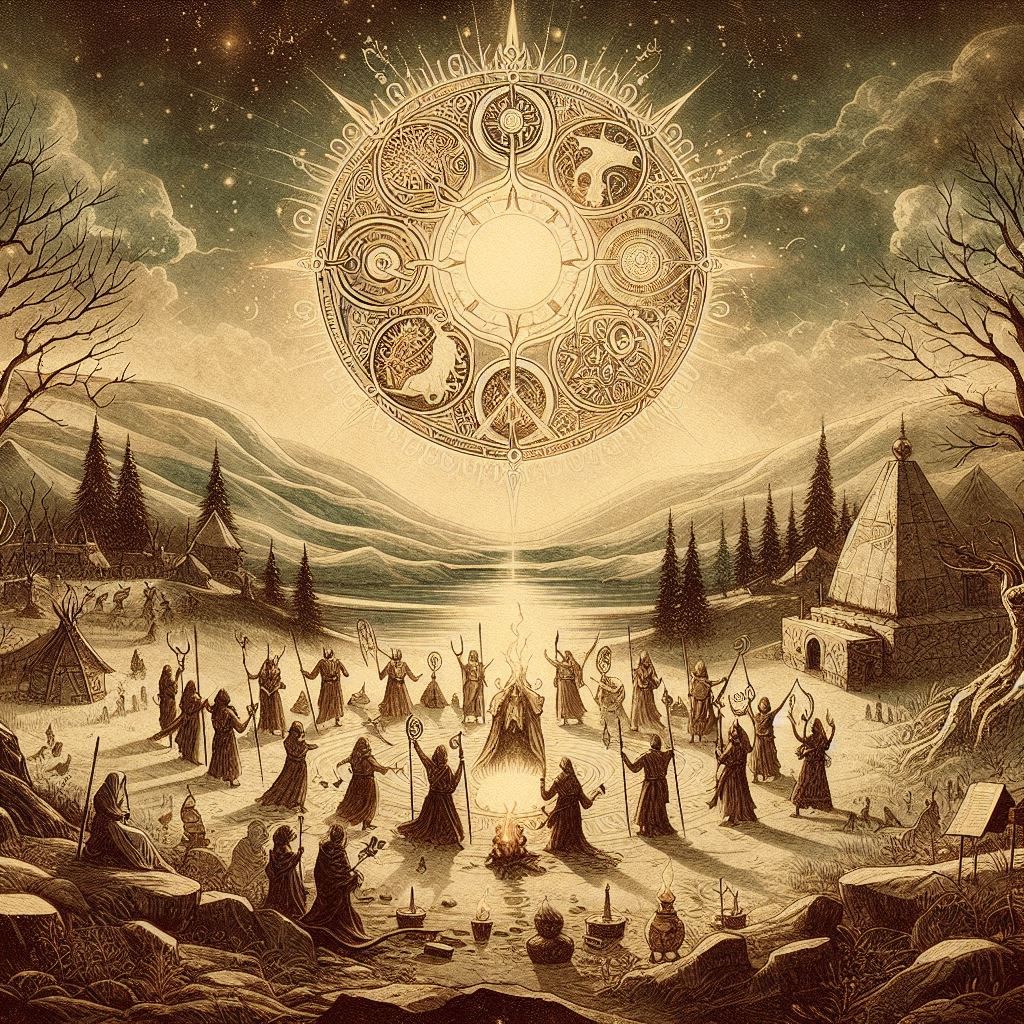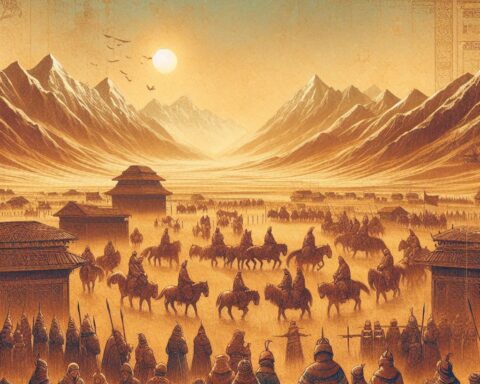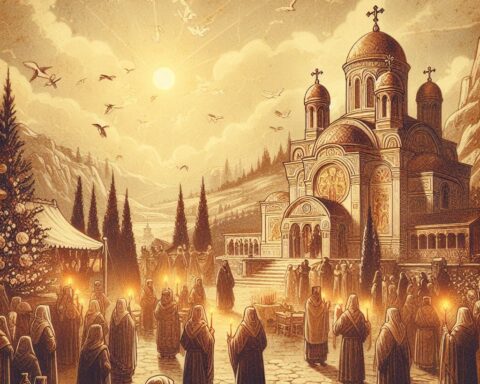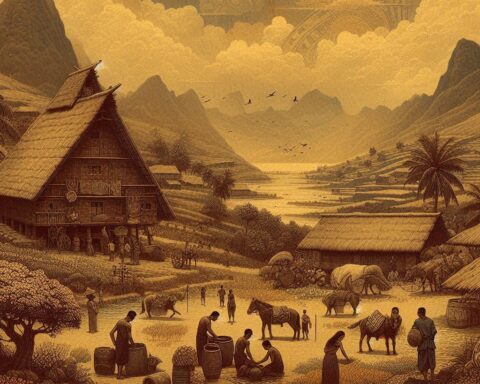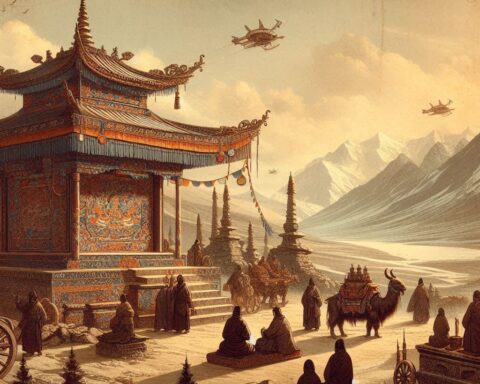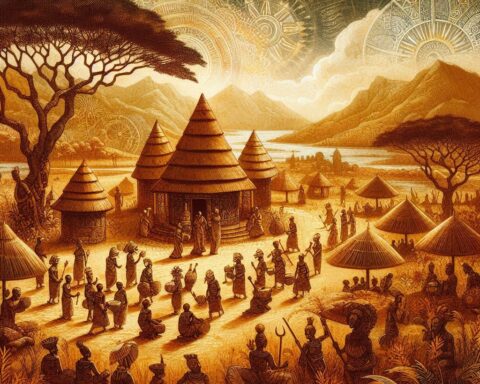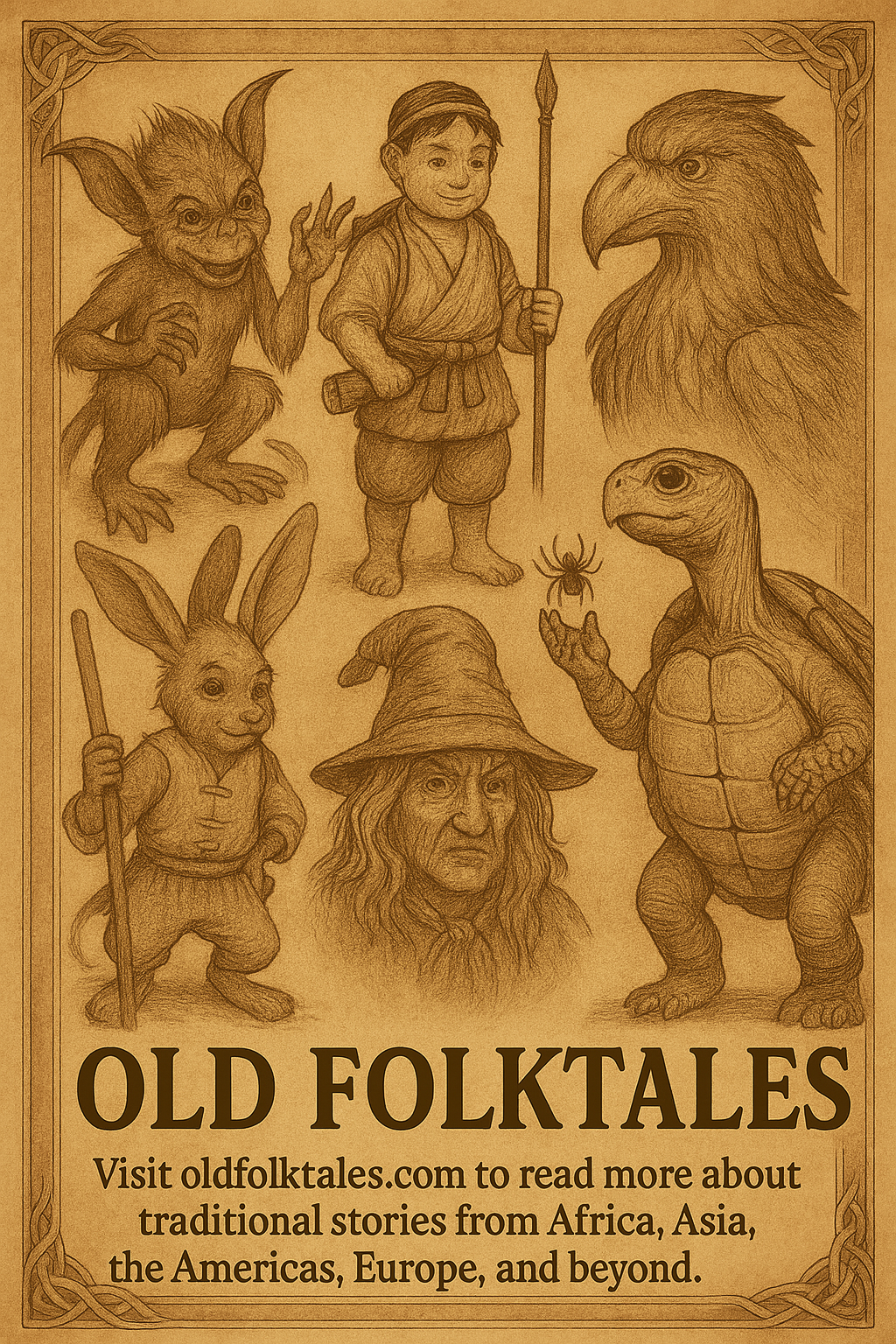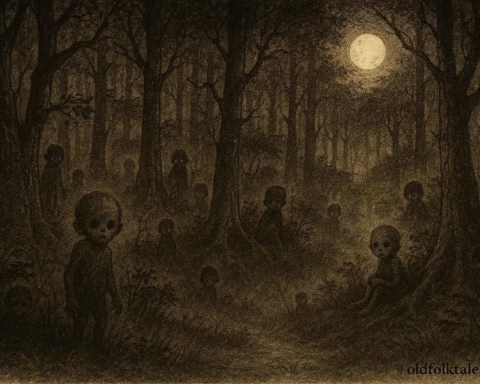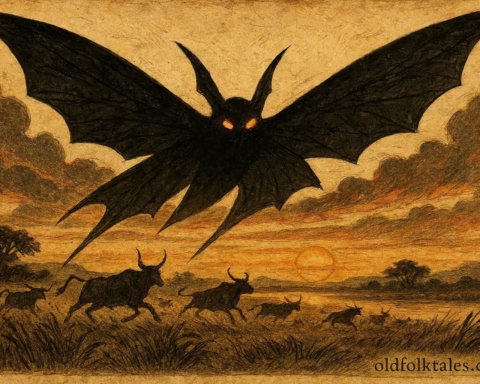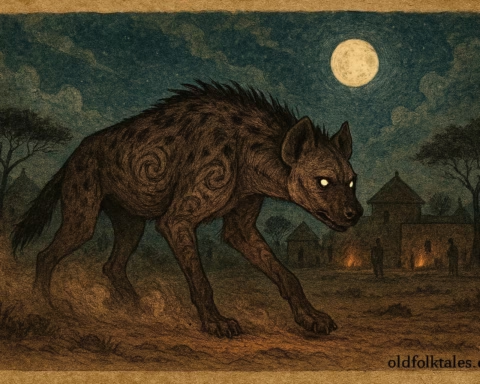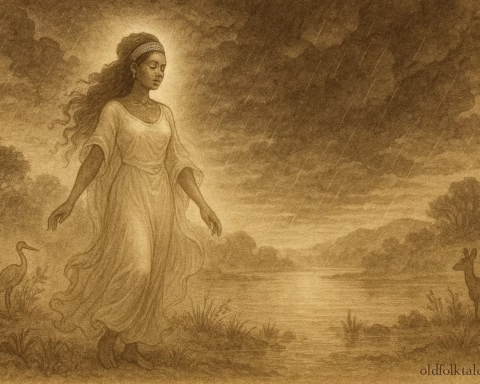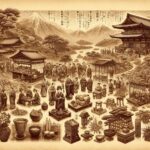When the dark nights of midwinter seemed endless, ancient Celtic peoples gathered on the year’s longest night, the Winter Solstice, to await the sun’s rebirth. This astronomical event, occurring around December 21st, marked not only a turning point in the seasons but also a profound spiritual moment. To the Celts, the sun was a divine life-bringer, and its return was a promise that warmth, crops, and vitality would follow. Across Ireland, Scotland, Wales, and Brittany, communities celebrated through rituals that blended nature reverence, astronomical knowledge, and myth.
Below are seven key Celtic Winter Solstice traditions and the deep meanings woven into them.
1. Lighting the Great Solstice Fires
The Celts lit massive bonfires on hilltops to symbolically strengthen the sun’s power. As the flames roared into the night, they represented the victory of light over darkness. These fires were believed to chase away malevolent spirits that thrived in the long, cold nights.
2. The Alignment of Newgrange
Over 5,000 years old, the megalithic tomb at Newgrange in Ireland predates Stonehenge. On the Winter Solstice, the rising sun sends a beam of light down its passageway, illuminating the inner chamber for just 17 minutes. Ancient Celts and their predecessors likely saw this as the sun’s blessing on the land.
3. The Mistletoe Gathering
Druids considered mistletoe, especially when found growing on oak, a plant of great power. On the Solstice, they cut it with golden sickles, catching it before it touched the ground. It was then used for blessings, fertility rites, and healing rituals.
4. Wassailing the Apple Trees
While more commonly associated with later medieval tradition, its roots stretch back to Celtic winter rites. Villagers would sing to apple trees, pour cider on their roots, and hang toast in their branches to encourage a good harvest.
5. The Yule Log and Evergreen Boughs
The Celts burned a special log, often oak or ash, for twelve days, believing it kept evil away and brought prosperity. Evergreen boughs, symbolizing eternal life, decorated homes and sacred sites.
6. Storytelling of the Oak King and Holly King
Celtic myth told of two kings in eternal battle: the Oak King, ruler of the light half of the year, and the Holly King, ruler of the dark half. At the Winter Solstice, the Oak King defeated the Holly King, heralding the days’ gradual lengthening.
7. Sacred Feasting and Mead Toasts
Feasting after the longest night was a declaration of survival and community. Mead, ale, and roasted meats were shared, honoring the gods, ancestors, and nature spirits. The act of eating together was as sacred as any prayer.
Origins of the Celtic Winter Solstice Rites
The Celts inherited astronomical awareness from earlier Neolithic cultures and wove it into a rich spiritual framework. The Solstice was more than a date, it was a renewal of the cosmic contract between the sun and the earth. To neglect honoring it was to risk imbalance and misfortune. These rites served practical purposes, marking the agricultural calendar, and spiritual ones, linking human lives to celestial rhythms.
Knowledge Check
Q1: What ancient site in Ireland aligns with the Winter Solstice sunrise?
A1: Newgrange, whose inner chamber is lit by the rising sun on the Solstice.
Q2: Which two mythical kings battle for seasonal control in Celtic lore?
A2: The Oak King and the Holly King.
Q3: What plant was considered sacred by druids during the Solstice?
A3: Mistletoe, especially when growing on oak trees.
Q4: What was the purpose of Celtic Solstice bonfires?
A4: To strengthen the sun’s power and ward off dark spirits.
Q5: What does wassailing an apple tree symbolize?
A5: Blessing the trees to ensure a fruitful harvest.
Q6: Why did the Celts decorate with evergreen boughs?
A6: They symbolized eternal life and the promise of renewal.
Cultural Origin: Pre-Christian Celtic peoples of Ireland, Britain, and Brittany, with traditions influenced by earlier Neolithic practices and later intertwined with Norse and Christian customs.
